April 13, 2019
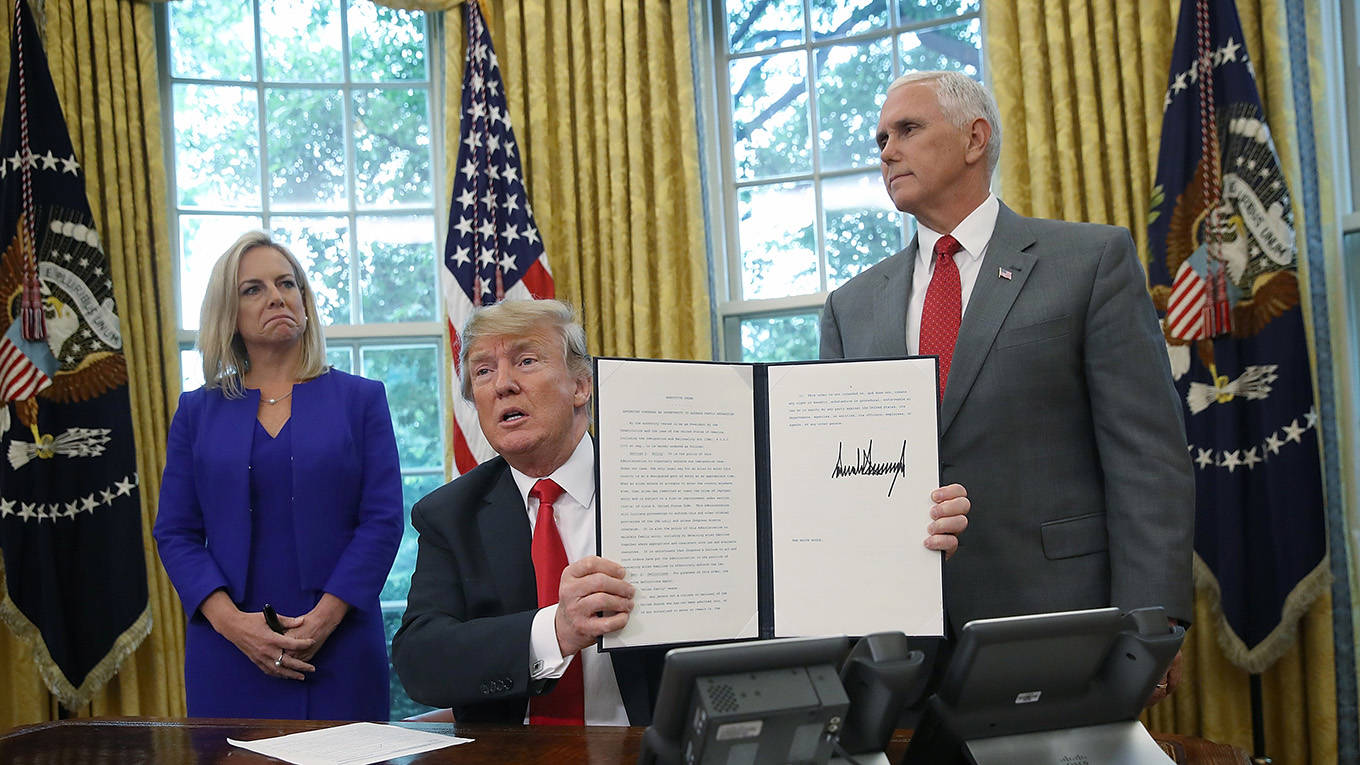
Trump’s Most Worrisome Legacy
The US president’s attacks on America’s truth-seeking institutions jeopardize its continued prosperity and very ability to function as a democracy. As corporate giants capture the institutions that are supposed to protect ordinary citizens, a dystopia once imagined only by science fiction writers is emerging before our eyes.
NEW YORK – Kirstjen Nielsen’s forced resignation as US Secretary of Homeland Security is no reason to celebrate. Yes, she presided over the forced separation of families at the US border, notoriously housing young children in wire cages. But Nielsen’s departure is not likely to bring any improvement, as President Donald Trump wants to replace her with someone who will carry out his anti-immigrant policies even more ruthlessly.
Trump’s immigration policies are appalling in almost every aspect. And yet they may not be the worst feature of his administration. Indeed, identifying its foulest aspects has become a popular American parlor game. Yes, he has called immigrants criminals, rapists, and animals. But what about his deep misogyny or his boundless vulgarity and cruelty? Or his winking support of white supremacists? Or his withdrawal from the Paris climate accord, the Iran nuclear deal, and the Intermediate-Range Nuclear Forces Treaty? And, of course, there is his war on the environment, on health care, and on the rules-based international system.
This morbid game never ends, of course, because new contenders for the title emerge almost daily. Trump is a disrupting personality, and after he’s gone, we may well reflect on how such a deranged and morally challenged person could have been elected president of the world’s most powerful country in the first place.
But what concerns me most is Trump’s disruption of the institutions that are necessary for the functioning of society. Trump’s “MAGA” (Make America Great Again) agenda is, of course, not about restoring the moral leadership of the United States. It embodies and celebrates unbridled selfishness and self-absorption. MAGA is about economics. But that forces us to ask: what is the basis of America’s wealth?
Adam Smith tried to provide an answer in his classic 1776 book The Wealth of Nations. For centuries, Smith noted, standards of living had been stagnant; then, toward the end of the eighteenth century, incomes start to soar. WhySmith himself was a leading light of the great intellectual movement known as the Scottish Enlightenment. The questioning of established authority that followed the earlier Reformation in Europe forced society to ask: How do we know the truth? How can we learn about the world around us? And how can and should we organize our society?From the search for answers to these questions arose a new epistemology, based on the empiricism and skepticism of science, which came to prevail over the forces of religion, tradition, and superstition. Over time, universities and other research institutions were established to help us judge truth and discover the nature of our world. Much of what we take for granted today – from electricity, transistors, and computers to lasers, modern medicine, and smartphones – is the result of this new disposition, undergirded by basic scientific research (most of it financed by government).
The absence of royal or ecclesiastical authority to dictate how society should be organized to ensure that things worked out well, or as well as they could, meant that society had to figure it out for itself. But devising the institutions that would ensure society’s wellbeing was a more complicated matter than discovering the truths of nature. In general, one couldn’t conduct controlled experiments.
A close study of past experience could, however, be informative. One had to rely on reasoning and discourse – recognizing that no individual had a monopoly on our understandings of social organization. Out of this process emerged an appreciation that governance institutions based on the rule of law, due process, and checks and balances, and supported by foundational values like individual liberty and justice for all, are more likely to produce good and fair decisions. These institutions may not be perfect, but they have been designed so that it is more likely that flaws will be uncovered and eventually corrected.
That process of experimentation, learning, and adaptation, however, requires a commitment to ascertaining the truth. Americans owe much of their economic success to a rich set of truth-telling, truth-discovering, and truth-verifying institutions. Central among them are freedom of expression and independent media. Like all people, journalists are fallible; but, as part of a robust system of checks and balances on those in positions of power, they have traditionally provided an essential public good.Since Smith’s day, it has been shown that a nation’s wealth depends on the creativity and productivity of its people, which can be advanced only by embracing the spirit of scientific discovery and technological innovation. And it depends on steady improvements in social, political, and economic organization, discovered through reasoned public discourse.
The attack by Trump and his administration on every one of the pillars of American society – and his especially aggressive vilification of the country’s truth-seeking institutions – jeopardizes its continued prosperity and very ability to function as a democracy. Nor do there appear to be checks on corporate giants’ efforts to capture the institutions – the courts, legislatures, regulatory agencies, and major media outlets – that are supposed to prevent them from exploiting workers and consumers. A dystopia previously imagined only by science fiction writers is emerging before our eyes. It should give us chills to think of who “wins” in this world, and who or what we might become, just in the struggle to survive.
Joseph E. Stiglitz, a Nobel laureate in economics, is University Professor at Columbia University and Chief Economist at the Roosevelt Institute. His latest book, People, Power, and Profits: Progressive Capitalism for an Age of Discontent, will be published in April.

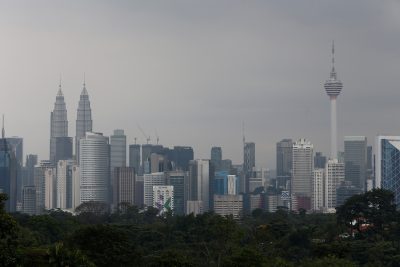
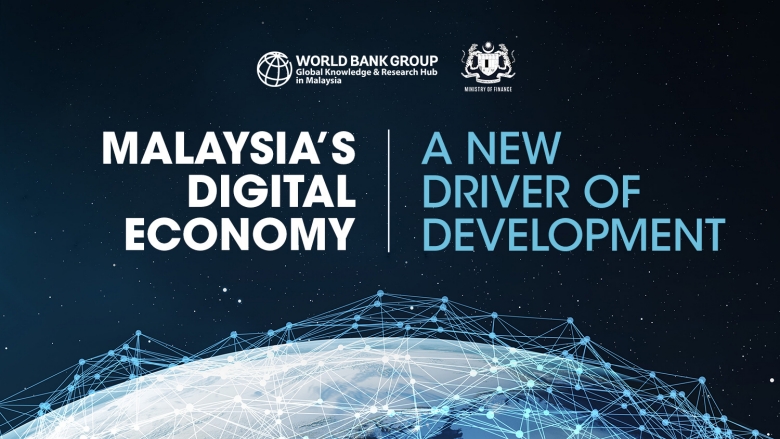

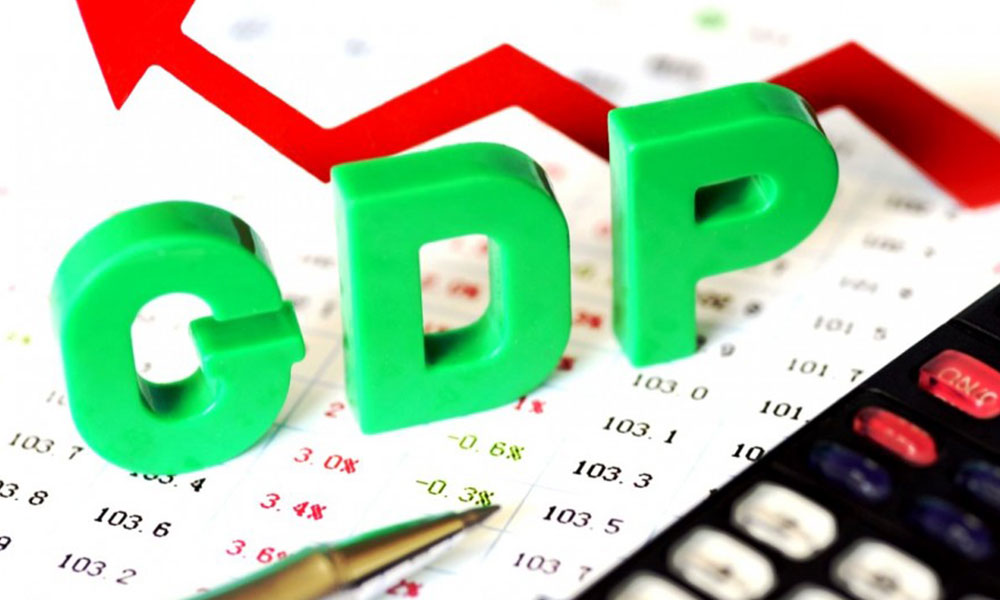
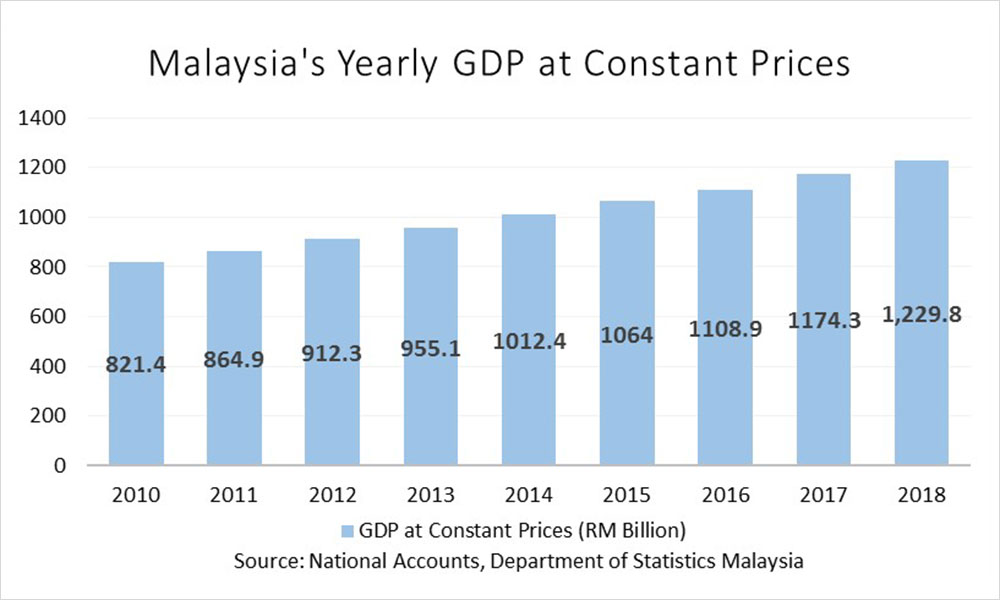


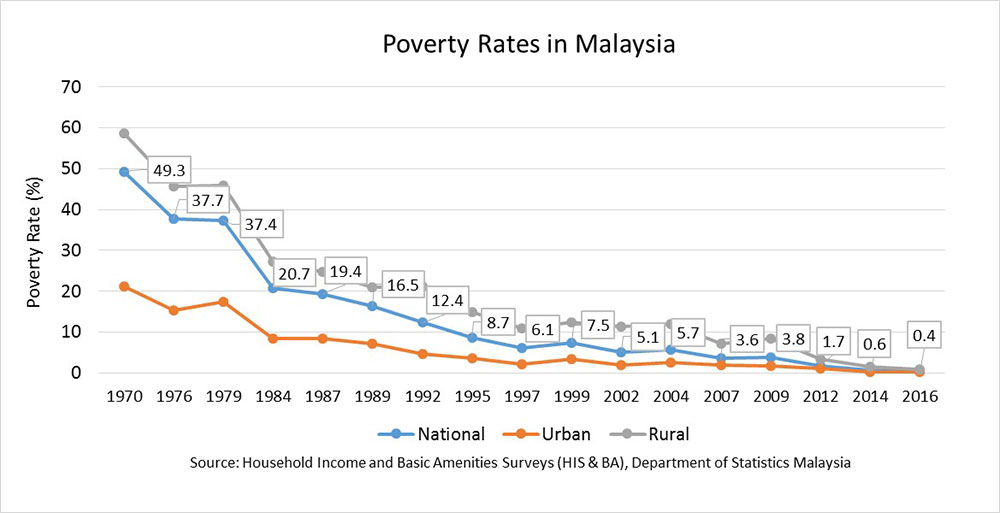



CAMBRIDGE – At the end of 1933, John Maynard Keynes sent a remarkable public letter to US President Franklin Delano Roosevelt. FDR had taken office earlier that year, in the midst of an economic slump that had pushed a quarter of the labor force into unemployment. He had launched his ambitious New Deal policies, including public works programs, farm subsidies, financial regulation, and labor reforms. He had also taken the US off the gold standard to give domestic monetary policy freer rein.